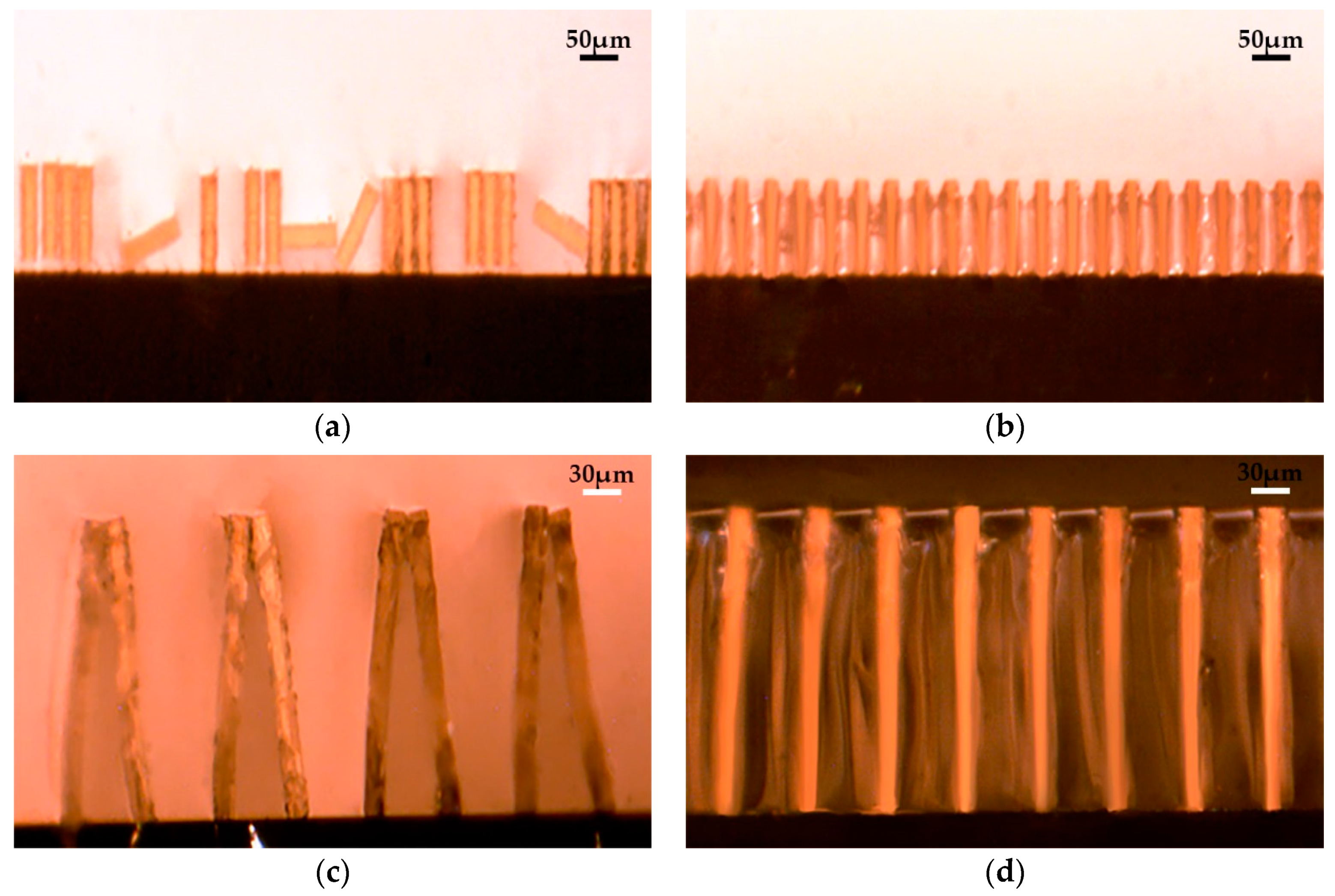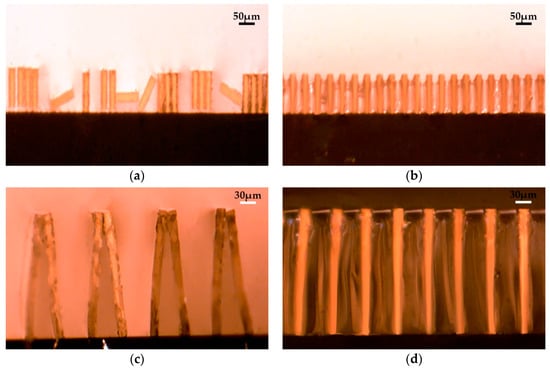

depth or width and nano- or microstructures. For instance, there were conflicting observations on which property has a stronger effect on cell behavior, e.g. However, the findings of these studies have not been consistent on the degree of such effects. These studies have established that almost all types of cells can grow and elongate along the grating direction both the width and depth/height of gratings (grooves or ridges) can have strong effects on cell behavior. alignment and elongation, of various cell types on grating structures of varying linewidths or depths, ,, ,, ,, , an effect related to contact guidance. Many of the studies in this area have quantified the anisotropic behaviors, e.g. Comprehensive summaries can be found in several excellent review articles. The interdisciplinary nature of research in this field has led to extensive understanding of how cells respond to topographic, chemical, mechanical, biological, and even electrical cues. Many patterning methods have also been developed to create microscale and nanoscale structures of different shapes on the surfaces of various materials. A variety of studies have been conducted for a wide range of cell types displaying changes in cell morphology and function in response to topographic and chemical cues, ,, ,, ,, ,, ,. In addition, an understanding of cell–substrate interactions gained from in vitro studies on precisely engineered topography can provide insight into the complex interactions occurring between the cell and the natural extracellular matrix (ECM), which is itself a complex structure, consisting of nanopores, fibers, ridges and bands. To fully realize the potential applications of guided cell growth on patterned surfaces, it is crucial to obtain a fundamental understanding of cell–substratum interactions and establish accurate models for biological and abiological interfaces that predict cell behaviors. This model provides simplicity and flexibility in geometry design for devices and materials that interface with cells. The relationship of cell elongation and alignment with topographic aspect ratio is interpreted in terms of the theory of contact guidance. This consistency indicates that aspect ratio is a general factor to characterize cell behaviors. aspect ratio shows a similar dependence, despite differences in cell types and surface structures. Re-plotting data recently published by other groups vs. Both cell alignment and elongation increase with increasing aspect ratio, and even a shallow grating (aspect ratio of ∼0.05) is sufficient to induce 80% cell alignment. Instead, the aspect ratio of the gratings as a unified description of grating topography is a more consistent parameter to interpret topographic dependence of cell morphology. However, consistent quantitative comparison of these individual parameters with different studies is complicated by the diversity of combinations of width and depth that have been tested.

The depth and width of the polystyrene gratings both show strong effects individually on cell alignment and elongation that are qualitatively similar to the results of other studies. In this study, we have used nanoimprinting to create a range of micro- and nanoscale gratings, or their combination, in bulk polystyrene plates to investigate anisotropic cell behaviors of human dermal fibroblasts with respect to the aspect ratio (depth/width) of gratings.


 0 kommentar(er)
0 kommentar(er)
